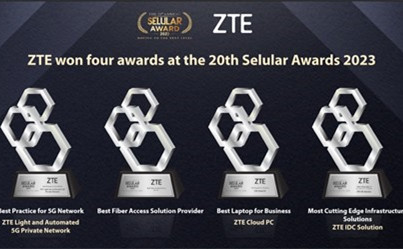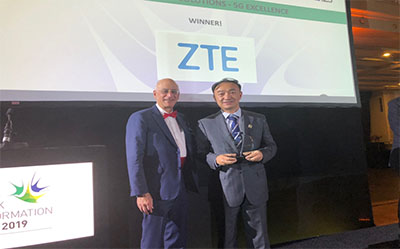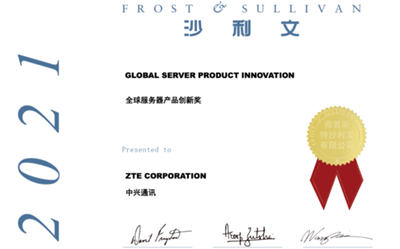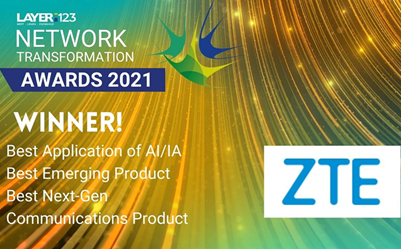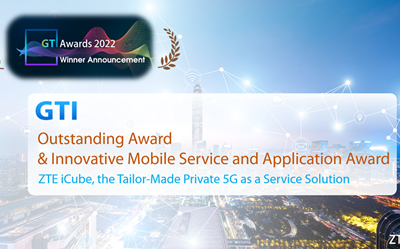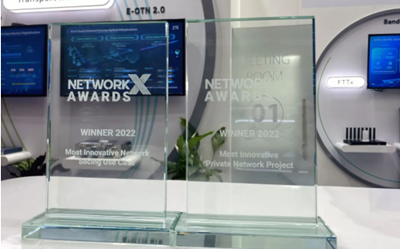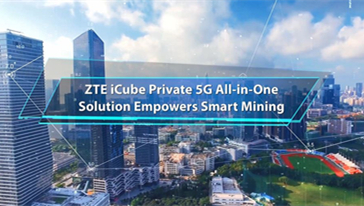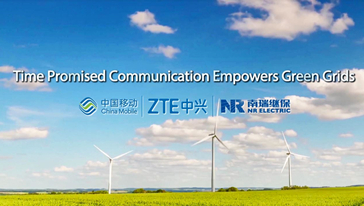ZTE Intelligent Computing Congress successfully concludes in Italy
Milan,Italy, October 10, 2025 —ZTE Corporation (0763.HK / 000063.SZ), a global leading provider ofintegrated information and communication technology solutions, successfullyconcluded its Intelligent Computing Congress in Milan, Italy on October 7, 2025. This major industry event broughttogether leaders from across the intelligent computing ecosystem, includingAMD, Turkcell, Red Hat, Fastweb&Vodafone, and Whale Cloud, to explore thefuture of AI integration and digital transformation.
The congress focused on buildingan open digital intelligence ecosystem and accelerating industrial cooperation.Discussions centered around full-stack, all-scenario intelligent computingsolutions and multi-form smart terminals under the concept of "AI forAll", with all participants committing to promoting the joint developmentof the global digital future.
Zhang Wanchun, Senior VicePresident of ZTE, opened the congress by emphasizing the company's commitment tofostering global collaboration in intelligent computing. His address underscoredthe importance of partnership. Looking ahead, he expressed ZTE's dedication toopen innovation and building a cooperative ecosystem, believing that sharedefforts and technological synergy will create a win-win future for all partnersin the intelligent computing landscape.
Yang Rui, Technical Director ofCloud & Core Network Product, ZTE, detailed the company's approach in herspeech titled "Intelligent Computing Ecosystem Landscape" at theevent, stating: "ZTE's strategy centers on 'Full-Stack IntelligentComputing' solution, offering a complete suite from hardware to softwareplatforms. ZTE uses AI internally to boost R&D efficiency and collaborateswith partners to deliver tailored end-to-end industry clouds, accelerating thecommercial deployment of AI across various industries by making it moreaccessible and practical for businesses."
The event demonstrated how partnerships and open platforms aredriving the evolution toward AI-native networks:
AMD: Piotr Weglicki, Global Telco Lead of AMD ServerBusiness Unit, said in his speech themed "AMD EPYC a Game Changer forTelco: Performance that Scales, Efficiency that Delivers": "Incollaboration with ZTE, AMD is helping to advance next-gen, AI-powered networksdesigned to support modern telco workloads, with a focus on flexibility,performance, and innovation."
Turkcell: Aycan Ramazan GÜNDÜZHEV,Principal Telco Cloud Planning at Turkcell, noted in his speech "Turkcell Future-ready Telco Infrastructure","As a premier telecom operator in Türkiye,Turkcell has been driving its transformation into a full-fledged digitalservice provider. Focusing on enhanced horizontal scalability and agile servicedelivery, Turkcell aims to maximize operational efficiency and serviceexcellence. To realize this vision, the company launched the Unified TelcoCloud platform — a future-ready virtualizationinfrastructure, developed together with ZTE/Netas. That platform already powersover 4,000 servers and supports more than 40 applications."
Red Hat: Federico Nebiolo, EMEA LeadArchitect of Telco Centre of Excellence (CoE) at Red Hat, delivered a speechthemed "Red Hat with ZTE: Telco Ecosystem and AI Opportunities". Thespeech explored how the collaboration between Red Hat and ZTE accelerates 5Gcore innovation and leverages artificial intelligence within the telco sector. Healso discussed the evolution from cloud-native to AI-native mobile networks andoutlined a pathway towards autonomous infrastructure and distributedintelligence.
Fastweb&Vodafone: MarioVolonterio, Head of Digital Networks and AI at Fastweb&Vodafone, said inhis speech themed "Autonomous Telco Fabric: Al for Resilience, Securityand Performance": "Autonomous fabrics powered by telco cloud deliver resilience,security, and performance across industries. From finance to healthcare,manufacturing, energy, and public cloud, Al enables mission-criticalreliability and efficiency. Partnerships between operators, vendors, andverticals accelerate innovation, shaping intelligent ecosystems for thefuture."
Ant Digital Technologies: ChenYishi, Global Managing Director of Ant Digital Technologies, delivered a speechnamed "How AI & Technologies Drive the Future of DigitalTransformation", showcasing their practices about AI and related latesttechnologies, sharing AI based IT infra with successful cases.
Whale Cloud: Sami MuhammadSalman, Director of Transformation & Strategy at Whale Cloud, closed theprogram with the keynote "AI – Powering the Next Wave of BusinessTransformation". He showcased how AI is reshaping telecoms andenterprise operating models globally, moving from pilots to scaled value. His talkaddressed practical challenges — data privacy, integrationcomplexity, and industry-specific constraints, and mapped them to concreteconcepts adopted featuring GenAI, intelligent agents,and enterprise-grade AI platforms. Through telecom-focused examples, hedetailed how AI integrates with BSS/OSS, elevates customerengagement, and streamlines operations, enabling faster time-to-value andsustained competitiveness. The session wrapped up with a clear roadmapto embed AI at the core of products and processes — unlocking efficiency today while innovating the telco businessmodel for the next decade of growth.
This congress served as apowerful testament to ZTE's dedication to open innovation. Moving forward, thecompany will continue to deepen its collaboration with industry partners tofoster a thriving, intelligent computing ecosystem, accelerating the deploymentof AI across global markets and driving sustainable business growth for theentire digital economy.
















